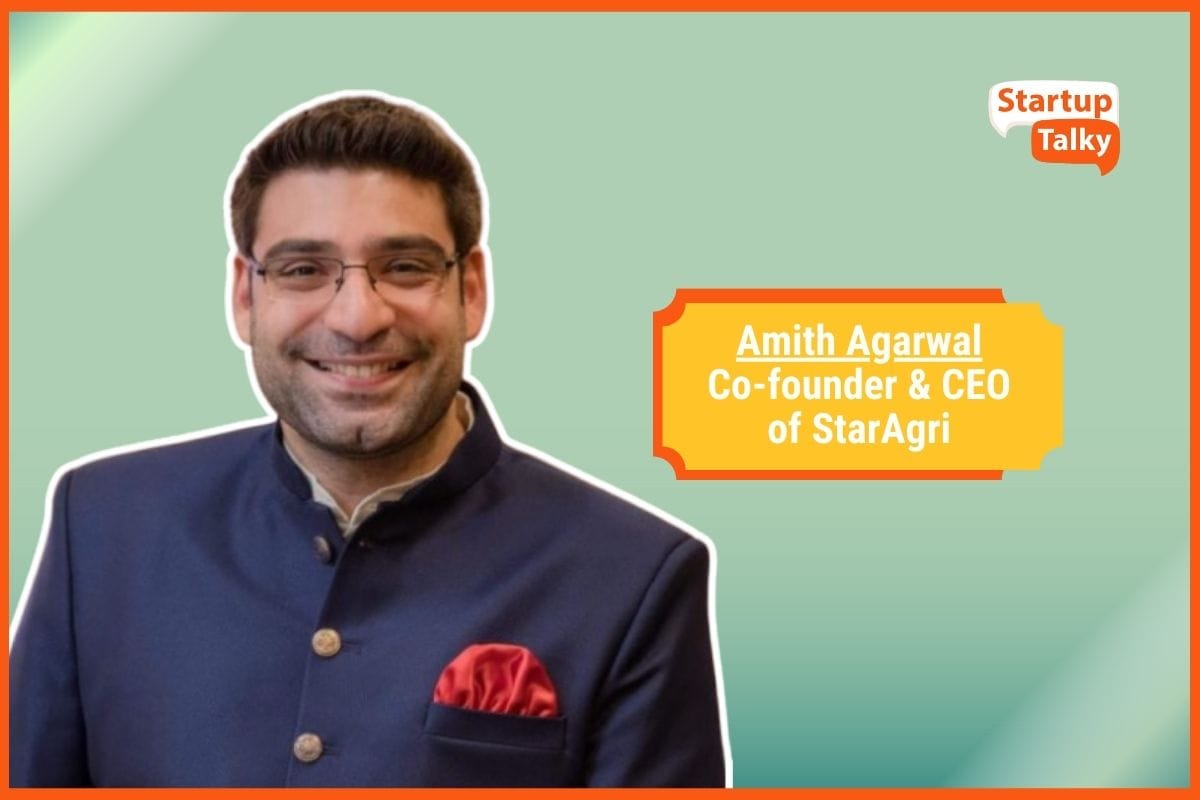Why Did Yepme Fail? | Reasons for Yepme’s Failure
📖 Learning
Vivek Gaur, Sandeep Sharma and Anand Jadhav, three veterans of the e-commerce and retail industries got together and launched Yepme.com in April 2011. The e-commerce company specialized in online retailing of men’s and women’s garments and accessories and was headquartered in Gurugram, Haryana.
In a 2010 interview with Bloomberg UTV, the founders said they saw immense growth potential in India’s online shopping market, which was then dominated by the travel sector. As an online apparel retailer, Yepme shifted focus to private label fashion wear in August 2011 from brand apparel. They began promoting Yepme as a private label apparel brand with the main customer focus on tier 2 and tier 3 towns and cities.
Yepme Funding
Growth of Yepme
Yepme and Competition
Why Did Yepme Fail?
Reasons for Yepme’s Failure
Yepme Funding
In the financial year 2011-12, through Series A funding, Yepme raised USD 8 million from venture capital firm, Helion Ventures Partners. The India-focused early to mid-stage venture fund witnessed the growth and came forward in the second round of funding totalling their investment to USD 20 million. Another USD 75 million was raised in September 2015 from investors led by the Malaysian state fund Khazanah Nasional Berhad. As per Tracxn, Yepme has raised a total funding of USD 89.1 million.
Growth of Yepme
Yepme.com began in 2011 with a great marketing strategy of targeting customers from tier 2 and tier 3 towns where the big brand retail stores were absent. Within a short span of time, it established its brand in the online fashion industry within the country with over 6 million fans on Meta (erstwhile Facebook) and approximately 4000 fans on Twitter in 2015.
Its success run continued with the business magazine Forbes rating it among the top 5 eCommerce startups. Yepme won the “Web Only Brand of the Year” award in 2014 from e-Tailing India. It was recognised as one of the top 20 brands in the world by Stylophane, a digital marketing services company.
In 2015 Yepme entered into a contract with Flipkart and Snapdeal, the eCommerce giants, to sell its products. In a bid to build a deeper connection with the customers, Yepme expanded its presence by opening its first offline store on January 14, 2016, at DT City Centre Mall, Gurugram. The store served as a place where customers could come and try on the clothes to get the best fit. They could then buy the clothes from the physical store or the Yepme online store at the same price.
A company spokesperson had said in a statement – “The physical store serves as a shopping zone for customers and a starting point for purchases. And if the range at the store is not enough to decide, the customers can also browse the online store and place their orders right there.”
Additionally, the CEO and Co-Founder Vivek Gaur said - “The brand is taking a step to get closer to our customer, as customers can now experience the touch & feel of the product and the diverse range of the fashion collection for both men and women. They can also try their best fit to make an intelligent purchase online or at the store.”
From then on, Yepme’s offline presence grew to 4 stores, with 2 stores in Noida and 2 in Gurugram.
Yepme and Competition
Yepme was enjoying more popularity and sales than other similar private label brands like Zovi and Freecultr due to their winning business strategies and easy shopping experiences.
- The website offered the use of regional languages like Tamil, Telugu, Malayalam and Kannada apart from Hindi and English for ease of shopping.
- They offered a wide range of products.
- Their delivery module ensured timely doorstep deliveries.
- The back-end customer support was prompt in solving customer queries.
- Their multi-channel marketing was reaching a wide audience.
Why Did Yepme Fail?

In spite of witnessing such growth and popularity, disaster struck in early March of 2017 when a group of the company’s employees approached the Labour Commission complaining of unpaid salaries. The employees further blamed the management for putting undue pressure on them to resign and return company assets.
Increasing expenses forced Yepme on a cost-reduction spree, by shutting their four offline stores and shifting their warehouse to a much smaller facility from Bilaspur in Gurugram to Kabulpur in Faridabad. Yepme also fired some employees in the process.
By mid-September 2017, Yepme had shut down two units – warehousing and quality control and had fired more staff. By this time, the news was already circulating about the impending bankruptcy and Yepme was on the verge of permanently closing its operations.

Reasons for Yepme’s Failure
The mortality rate in the online fashion sector is high and Yepme was a prime example. There were multiple reasons for the online fashion business’s failure:
Too Early for Private Labels
The founder of the now-defunct eCommerce platform Yebhi, Manmohan Agarwal observed, “They didn’t realize that private label comes at an evolved stage, not at the beginning.” Private labels are usually introduced extremely discreetly among an array of well-known brands. Big players like Myntra, Pantaloons and Shoppers Stop brought in private labels only after they established strong relationships with their customers.
Low Average Cart Size
The average cart size of customer shopping within the Indian framework is between INR 700 and INR 900. This plays havoc with the unit economics. The second big concern is custom fitting with private labels. And another concern was that people shifted comfortably to online shopping only post-2015. Yepme was launched in 2011.
Big Horizontal Players Monopolize the Market
The Indian eCommerce marketplace boasts of big players like Flipkart, Amazon, Snapdeal, etc., which were monopolizing the market even back in 2015. Secondly, the market size for unique collections is very small.
Pravin Sinha says - “Branded online fashion space has been taken away by large horizontal players. If someone is eyeing to aggregate branded fashion, nothing is left for them now.” He was heading Jabong Operations till it got acquired by Flipkart.
Conclusion
Yepme, while a brilliant startup idea, was simply ahead of its time. They tried too much too soon and paid the ultimate price. However, there is no doubt that the online marketplace for fashion is ruled by a few eCommerce giants, and the competition for survival is fierce.
FAQs
Who founded Yepme?
Yepme was founded by Vivek Gaur, Sandeep Sharma and Anand Jadhav.
What happened to Yepme?
Increasing expenses forced Yepme to go on a cost-reduction spree, by shutting their four offline stores and shifting their warehouse to a much smaller facility from Bilaspur in Gurugram to Kabulpur in Faridabad. Yepme also fired some employees in the process.
What were the reasons for Yepme's failure?
The reasons behind Yepme's failure include:
- Too Early for Private Labels
- Low Average Cart Size
- Big Horizontal Players Monopolizing the Market
Must have tools for startups - Recommended by StartupTalky
- Convert Visitors into Leads- SeizeLead
- Website Builder SquareSpace
- Manage your business Smoothly Google Business Suite






